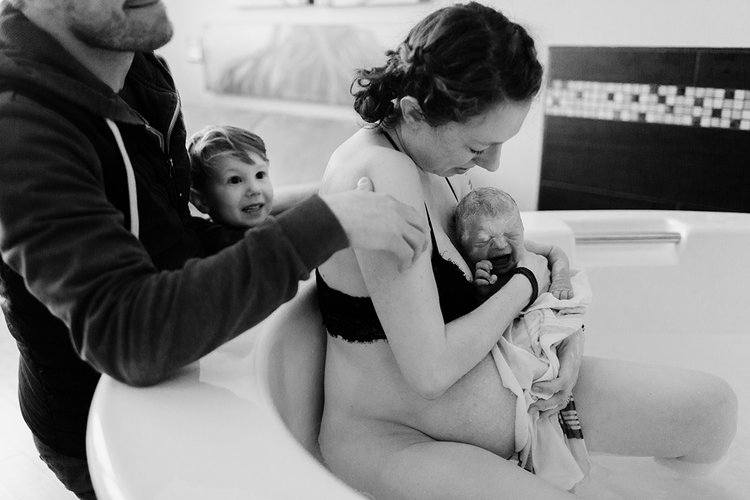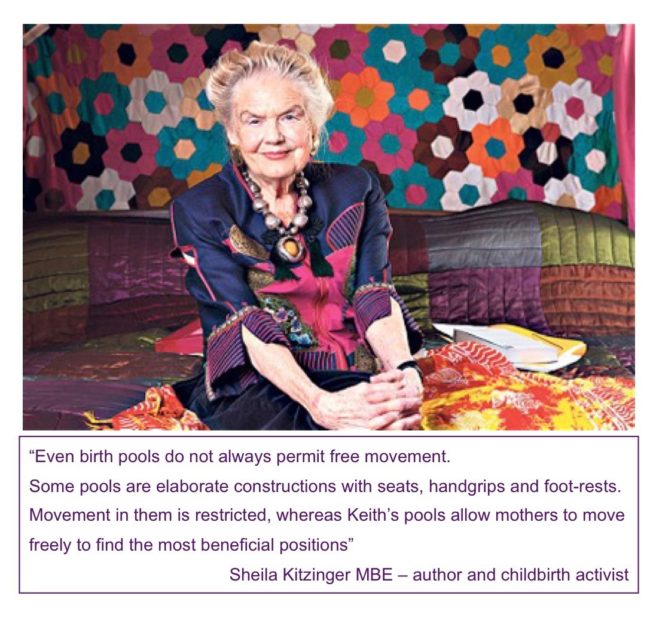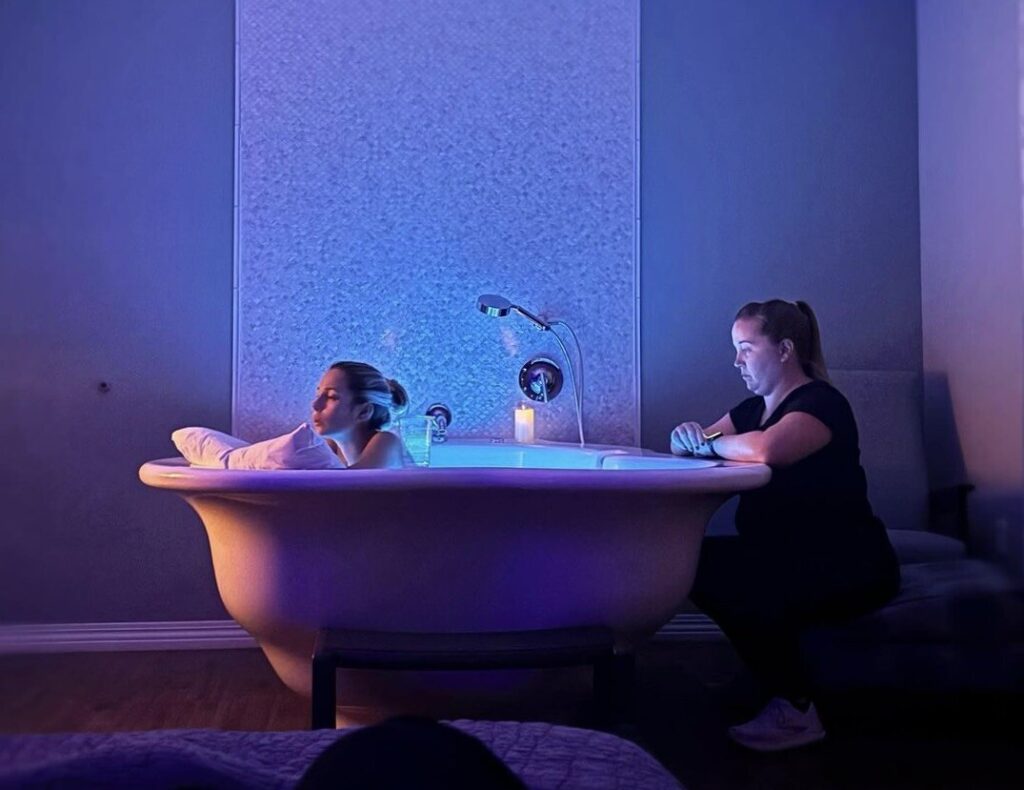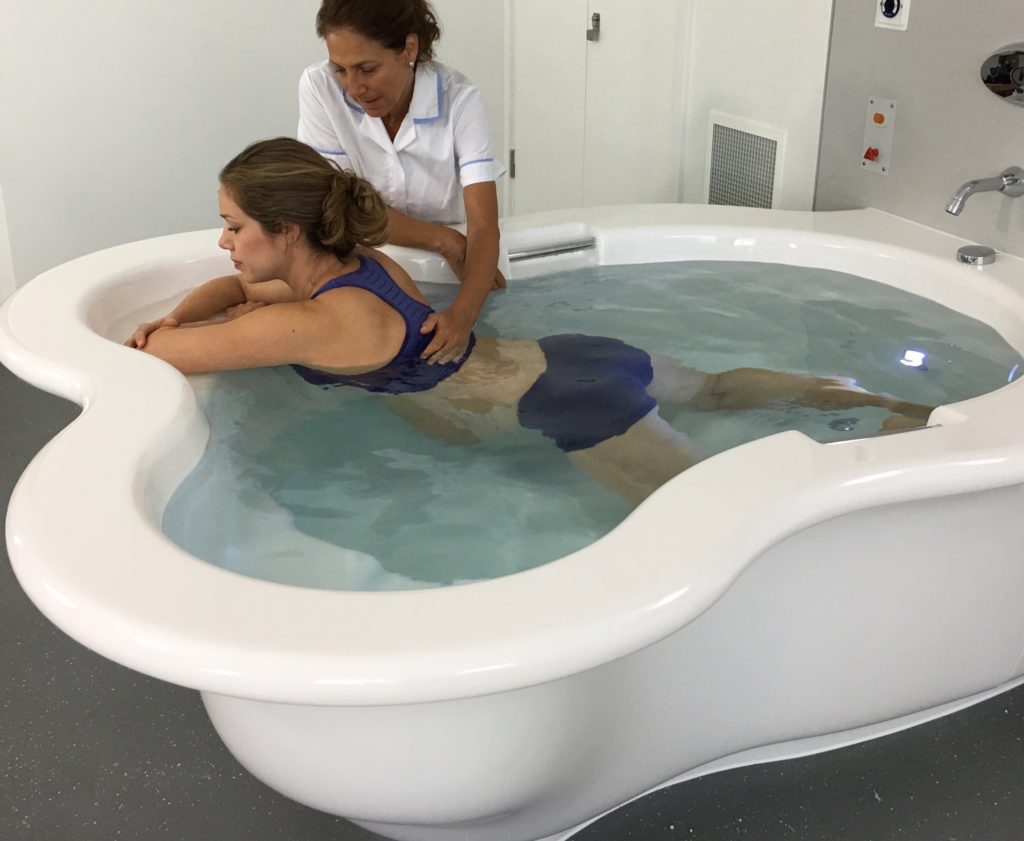Water birth pools play a vital role in helping mothers experience physiological labour and natural birth.
Nothing helps mothers cope with pain more effectively.

If mothers are not going be reliant on analgesia for pain relief they need other options.
Mothers who enter a pool of warm water in established labour find that they are better able to cope with the pain.
Immersion in warm water has been unequivocally proven to be of great benefit both physiologically and psychologically.

Women have a greater sense of fulfillment and accomplishment and babies experience a non-traumatic birth.
Aside from the obvious benefits to mothers and babies, midwives experience greater job satisfaction and hospitals save money & optimise resources.
Nearly a third of women benefited from the use of a water birth pool in the UK in 2014 (National Maternity Survey 2014).
With up to 60% of mothers open to natural birth now is the time to consider making this safe, effective, low cost option more widely available.

On land mothers contend with the force of gravity which limits movement as labour progresses and they tire.
Many women do not have the fitness to maintain upright postures for lengths of time. (Gupta JK, Hofmeyr GJ, Smyth R 2007).
Mothers who are overweight or obese are often unable to cope with the physical demands.

The transition from the land to water helps revive & energise mothers giving them a new lease on life and sense of purpose.
The buoyancy of water supports the mother reducing her relative weight by approx. 33% (Archimedes Principle).
This allows her to move in ways not possible on land.
To explore and benefit from the postures natural to labour & birth .

The calming, relaxing effect of the warm water promotes the flow of oxytocin.
This powerful hormone plays a huge role in childbirth.
It causes the uterus to contract and triggers the ‘fetal ejection reflex’.
Immersion in water has a beneficial physiological effect on hormone secretion, including oxytocin surges which can advance dilation and stimulate contractions (Odent 2014).









